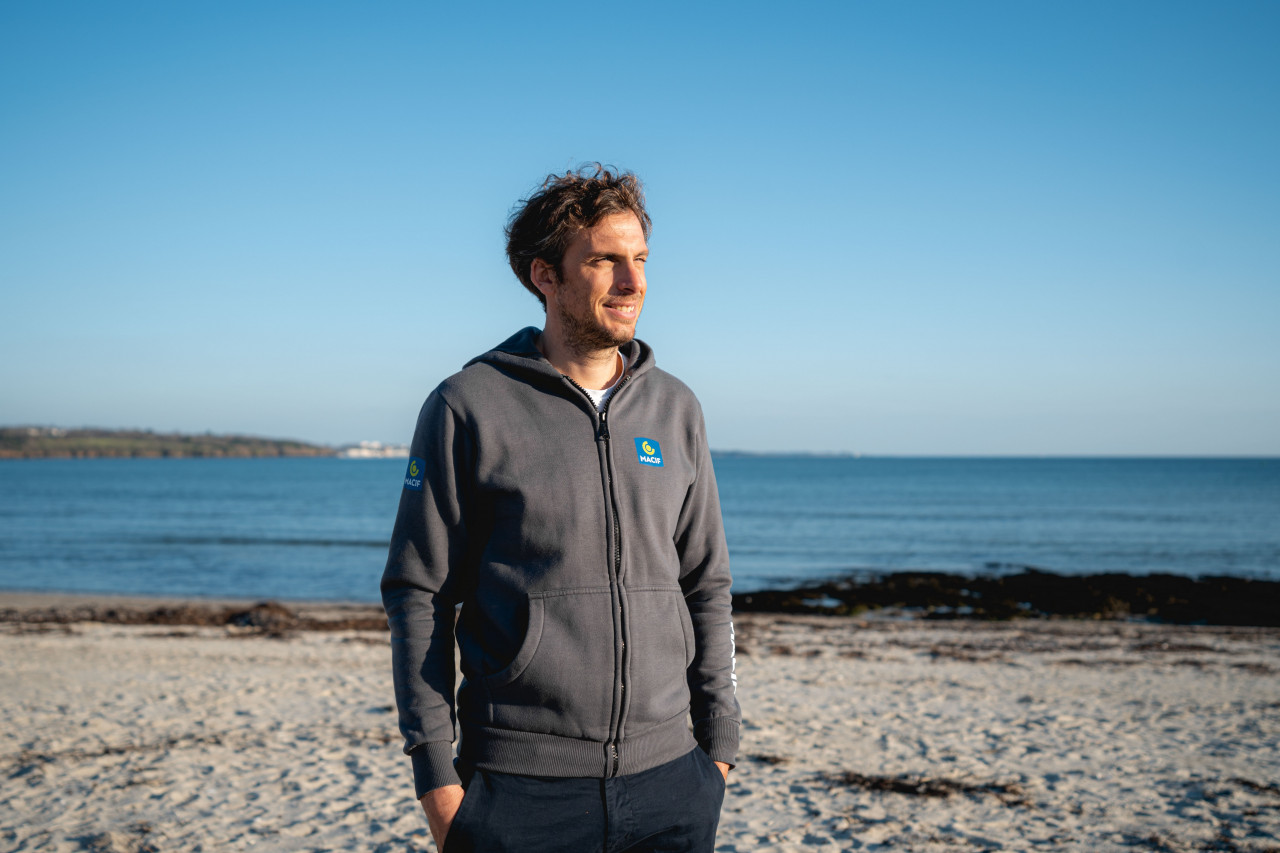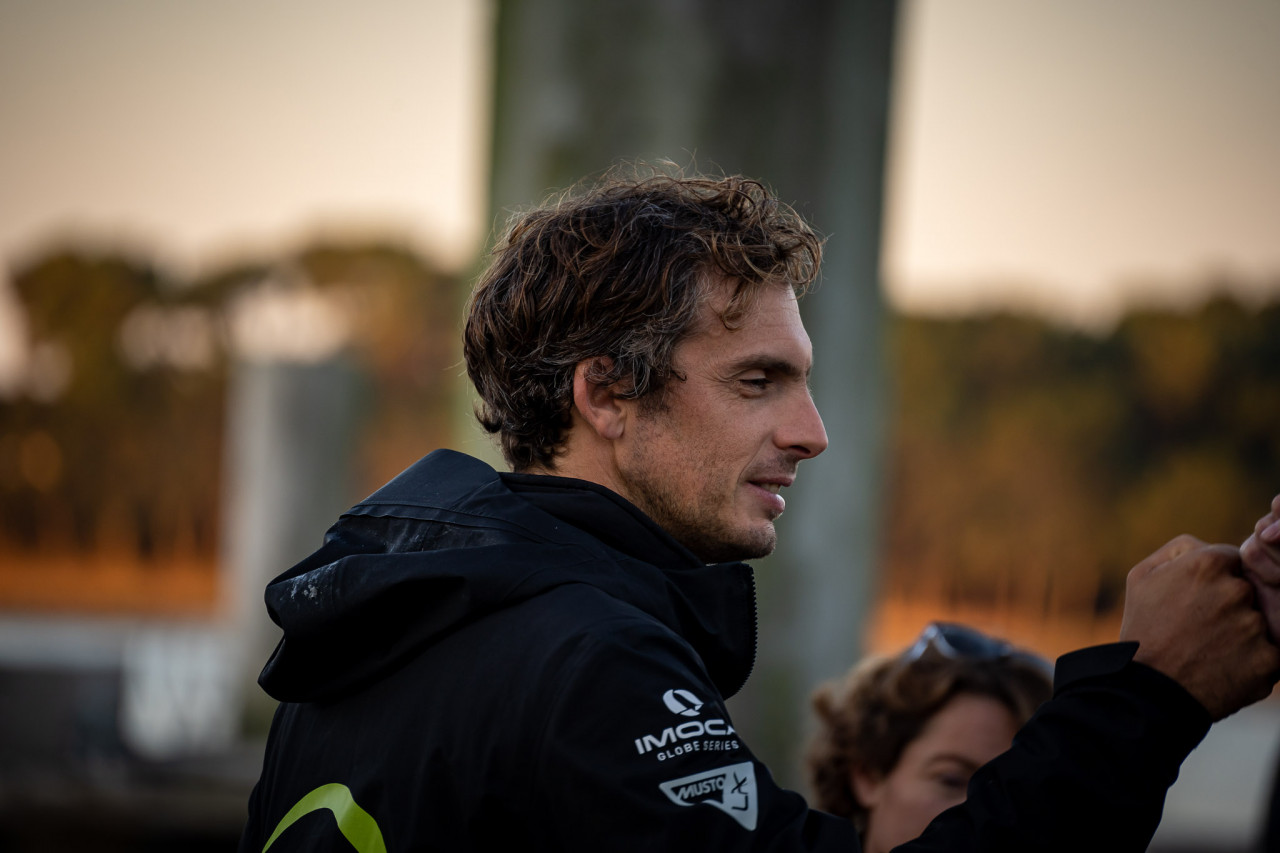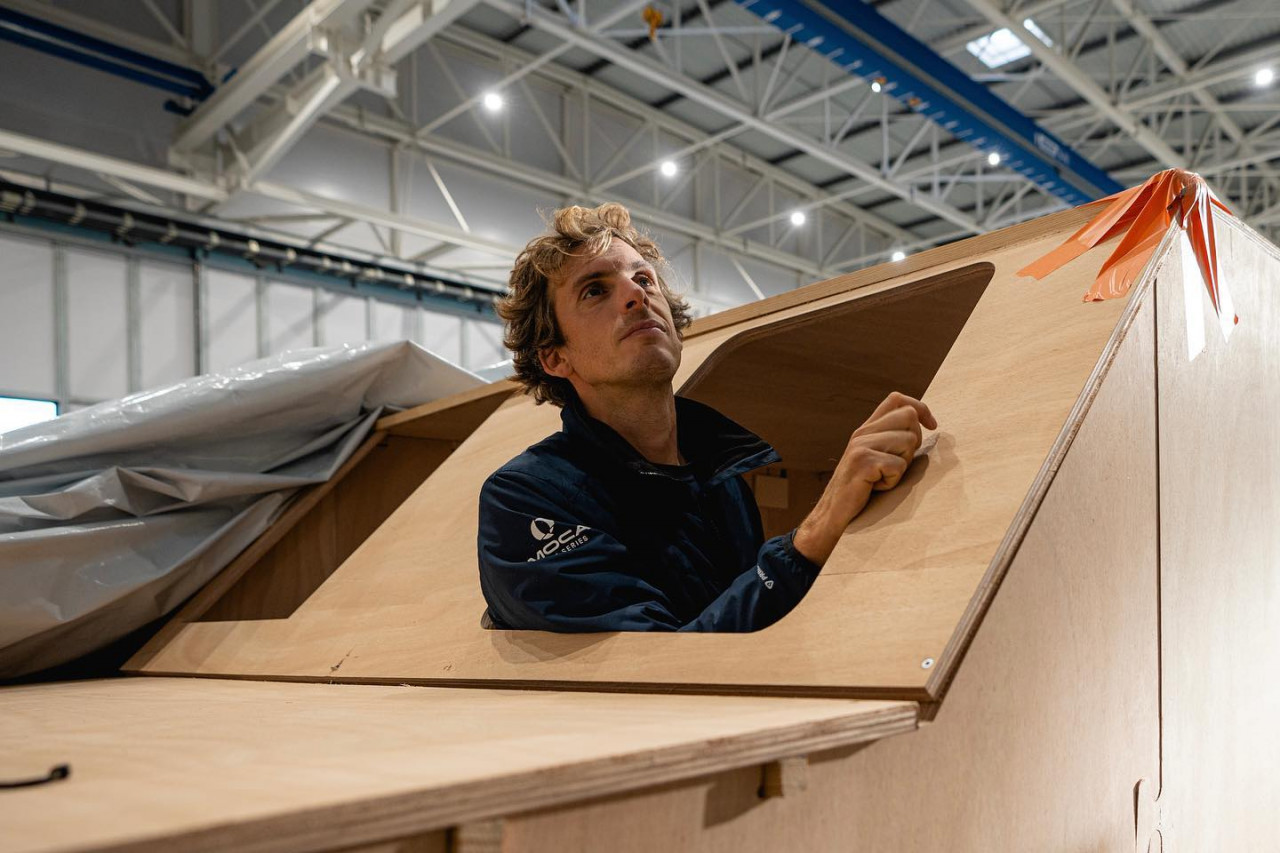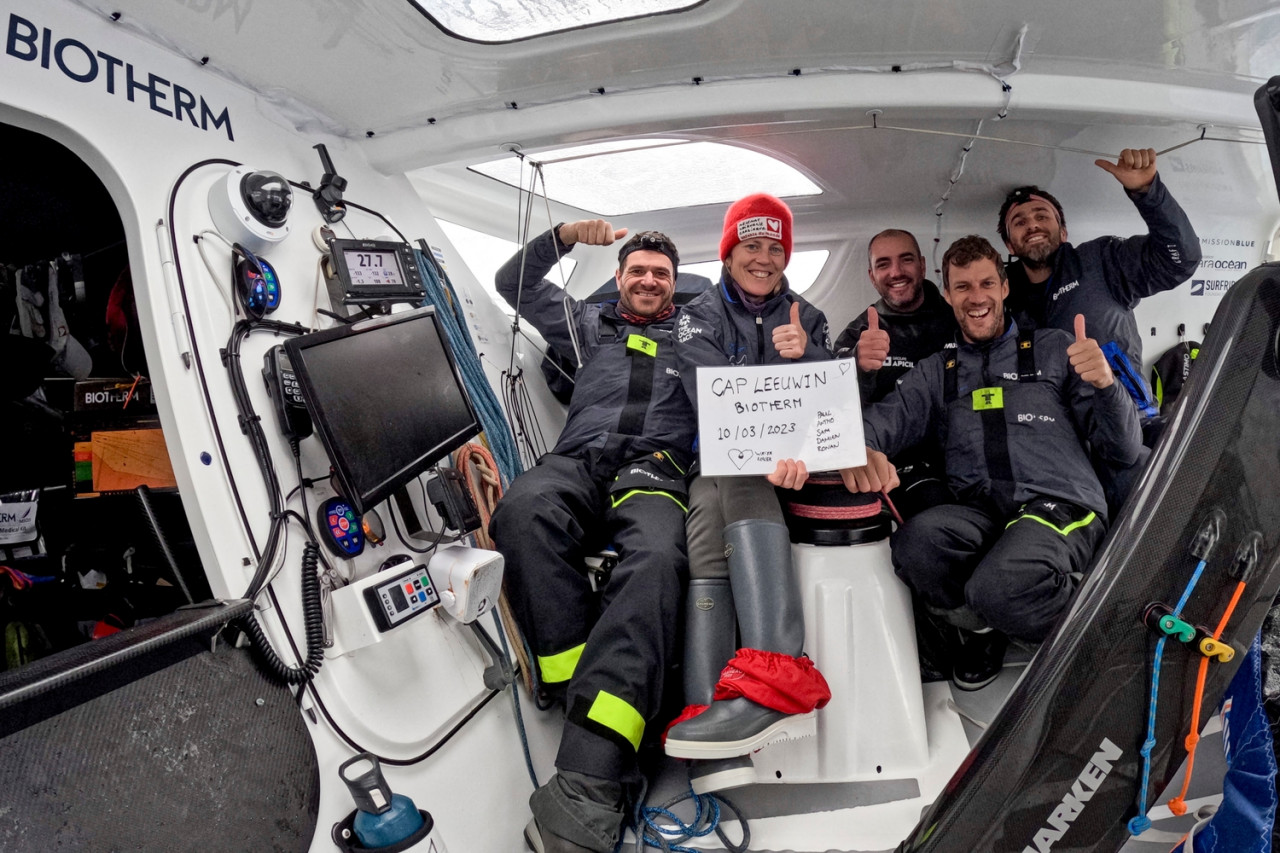Dalin: Comanche’s 618-mile record is within an IMOCA’s reach

The scintillating performance of the four IMOCAs flying over the Southern Ocean in the third leg of The Ocean Race, has made a lot of people sit up and take notice, not least the reigning IMOCA Globe Series champion Charlie Dalin.
The multiple race winner, and line honours finisher in the last Vendée Globe on board Apivia – who has been king of the IMOCA GLOBE SERIES castle for two seasons in succession – is heavily focused on his new Guillaume Verdier-designed IMOCA, named Macif and due to be launched in mid-June.
But like most of the skippers in the class he has been watching the videos from the “Big South” with interest, keeping a check on what is going on. Dalin is not surprised to see all the boats break the old 24-hour IMOCA distance record, or to see race leader Holcim-PRB establish a remarkable new mark of 595 nautical miles.
“It has been exciting and good to finally see the true potential of the large-foil IMOCAs with the 24-hour record beaten multiple times,” Dalin told the Class this week. “That was something that I knew was achievable with Apivia. I always knew that these new boats could be fast, and I actually believe that the 600-nautical mile mark is achievable in the right conditions.”
Dalin says the wind and sea conditions in the Southern Indian Ocean in the last few days have been perfect for record setting, but the record itself inevitably is getting harder to break.

“Obviously, the faster the boats go, then in geographical terms the conditions have to remain good for a longer distance, so it is obviously getting harder and harder to beat the record, while boatspeed remains fairly sea-state sensitive. You don’t need that much wind – you need steady wind for a long stretch of water and a manageable sea-state, so it is pretty rare to get all these planets aligned to get the speed required,” he said.
While 595 or 600 miles are massive jumps on the old record (539 miles), Dalin reckons the latest foiling IMOCAs can rule the monohull world when it comes to 24-hour distance. He believes the outright monohull 24-hour distance record of 618 miles*, held by the maxi Comanche, is also within reach of the IMOCA Class. “I think the outright monohull record is achievable by an IMOCA,” he said.
The sailor who finished second in the last Route du Rhum - Destination Guadeloupe, says he has no doubt the skippers in The Ocean Race are learning some new tricks when it comes to reaching and downwind boat set-up in the breeze. But he is not particularly worried about matching them on the racecourse when they come back to single-handed racing.
“It’s going to be a good experience for them, for sure,” he said. “Obviously they are still learning a lot sailing fully-crewed, but that is not exactly the same style as sailing solo. Certainly I do invest time in watching the videos and reading the reports to get a grasp of what’s going on.”

Dalin has done so much racing in recent years, that he admits he finds it “a bit weird” to be sitting at home watching the tracker like everyone else. But he says he has seen nothing in The Ocean Race that has changed his mind on any of the choices he and his team have made with his new foiler. He says the boat is already too advanced in its construction schedule for major changes to be made in any case.
Running his rule over the fleet, he has been impressed by Kevin Escoffier’s performance on Holcim-PRB, who has now followed up his victories in legs one and two with maximum points at the mid-leg scoring gate in leg three. “Kevin and his crew are definitely putting on a pretty solid performance so far,” Dalin said. “His boat seems quick for sure. Behind him, everyone is suffering problems to some extent, which happens in solo sailing as well. Kevin managed to make a break at the beginning of the leg and it will be interesting to see how his rivals negotiate the Pacific.”
Dalin was interested in watching how Team Malizia sailed past 11th Hour Racing Team on the way to the scoring gate, and says the American-flagged IMOCA skippered by Charlie Enright is clearly not able to use all her speed. “11th Hour Racing Team seems to have quite a few problems and their boat’s potential is maybe a bit better that we are seeing,” he said.

Moving on to his former co-skipper Paul Meilhat, who raced with Dalin in all the double-handed IMOCA GLOBE SERIES races in 2021, he believes the Biotherm skipper and his boat will come into their own once the race returns to the Atlantic. “Biotherm is probably a more agile boat in the conditions in the Atlantic and in lighter breeze than in the South,” explained Dalin. “Historically, the second part of the race is often sailed in a calmer sea state with lighter winds, so it is not over.”
Ahead, Dalin sees the potential for a compression of the fleet after Cape Horn and, with so many miles still to sail, he says there are plenty of opportunities for surprises. “This leg is pretty long so things will happen for sure – we are too far from the finish to draw any conclusions.”
One thing he is certain of though, is that this marathon 12,750-mile stage to Itajai is taking its toll on even the toughest sailors who are taking part. “The sailors will be really tired at the end of this leg – they are going to be exhausted,” he said. “I wouldn’t be surprised to see turnovers in the crews afterwards, because the time they have between legs in Itajai is pretty short, after having sailed the equivalent of half a Vendée, even fully-crewed. So I think they will be pretty wiped out after sailing pedal-to-the-metal for so long,” Dalin added.
Ed Gorman
*2015 "Comanche" 100ft, Jim Clark/Ken Read USA, 618.01nm, 25.75kts
Teams info
After a stunning 2025 season Sam Goodchild is the IMOCA Globe Series Champion for the second time
After a long season at the top of the IMOCA fleet that featured three race wins, Great Britain’s Sam Goodchild is for the second time in three years the IMOCA Globe Series Champion.
•••Quel rôle peut jouer la course au large dans la transformation du transport international ? Avec Pie…
Pour ce 10ᵉ épisode de Transitions, enregistré au Havre lors du départ de la Transat Café L'Or, nous recevons Jeremy Pochman, PDG de 11th Hour Racing, et Pierre-Antoine Morvan, responsable du pôle course au large et supe…
•••